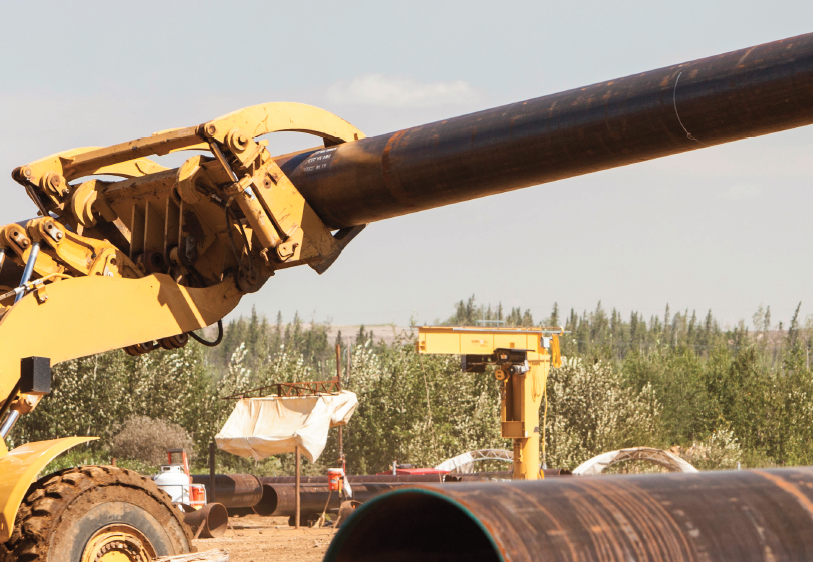Rapid Risk Assessment of the Lokichar – Lamu Crude Oil Pipeline (LLCOP)

The proposed Lokichar Lamu Crude Oil Pipeline (LLCOP) stretches some 892 Km connecting the Lokichar oil fields in northern Kenya to Lamu seaport in the south. Developed as a joint partnership between the Kenya Government and the oil companies’ consortium of Tullow Oil Kenya B.V, Africa Oil Turkana Ltd and Total Oil (formally Maersk Oil), construction is expected to begin in 2019, and completed in 2022.
To better understand the wider implications of the LLCOP prior to the Environment and Social Impact Assessment (ESIA), WWF in partnership with other Civil Society Organizations (CSOs) active within the six counties in which the proposed pipeline is planned for construction, conducted a “Rapid Risk Assessment (RRA)” of the LLCOP project to define the “high level” environmental and socio-economic implications of the pipeline. The study was based on a Geographic Information System (GIS) analysis and Focused Group Discussions (FGDs) with communities living near the proposed pipeline Right of Way (RoW).
This assessment notably identified the pipeline is set to cross two protected areas, Rahole (IUCN Category VI) and Nyambene (IUCN Category ‘Not reported’) in Garissa and Meru Counties respectively over a total length of 30.87 km (3.5 % of the pipeline length), six conservancies (i.e. Community Nature Reserves) in the Lamu, Isiolo and Samburu Counties for 118.37 km (13.3 % of the pipeline length) and the pipeline will terminate at the Lamu Marine Terminal, the port requires significant construction works and also poses a long-term oil spill risk in an area rich in sensitive marine habitats such as mangroves, coral reefs and seagrass.
Watch news coverage by Kenya Citizen TV with interview of Jackson Kiplagat highlighting key points of the RRA.
The study concludes by noting that although the LLCOP may bring about important economic gains for the country, it also comes with significant environmental and socio-economic risks. While the potential direct impacts of the LLCOP might be moderate, it is the indirect impacts of the pipeline and its associated infrastructure that may pose the most significant threats to these ecosystems. In Samburu County for example, where the pipeline crosses conservancies, this could lead to new settlements, habitat fragmentation, increase in poaching and negative impacts on local tourism. In Lamu, where the pipeline has its marine terminal, the risks emanating from shipping activities including oil spills, pose a significant threat to local fisheries and tourism.
While most of the people consulted are in support of the implementation of the project as a safer way of transporting oil, measures should be designed and adopted to avoid, reduce, mitigate and offset all negative effects of the project and enhance all positive impacts. These measures should be carefully studied, discussed with local communities, government agencies and must not come at the cost of safeguarding nature and people.
In the RRA, WWF and civil society partners have elaborated a set of 11 recommendations to help guide the LLCOP process in an attempt to ensure that potential direct and indirect impacts of the LLCOP on people and nature are addressed.
Download the report here.